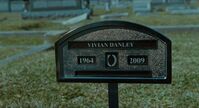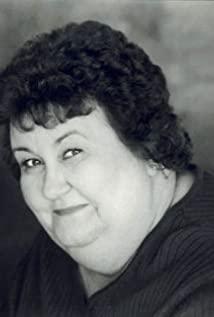best-looking part of "Welcome to Lilei's House" by Shijun is concentrated in the middle 1/3, from the time Doug meets Mallory in the bar until Lois meets Mallory. This chapter avoids the only suspense, the man in the middle-age crisis facing the degenerate and kind strip girls, the kind of warm respect and care, because of the strangeness and complexity, the infinite possibilities are derived. Before that, Doug just showed the common ailments of all ordinary middle-aged American middle-aged men, the depressive distress and the inability to talk, the silent weeping at night and even a little too much force. And Lois's arrival ruthlessly stopped this possible development. It turned out that everything was just a psychological compensation for the lack of her daughter's identity, and it was just the most common family dream.
The biggest suspense of the film is not the relationship between husband and wife or extramarital romance, but "when conditions specifically allow, a man and a woman have no sexual relations." Mallory, played by Stewart, has many typical traits of a rebellious girl, but it is more extreme than the audience in front of the screen. At the beginning of this movie, all the things that are not beautiful are given, which are the appearance of the original beauty after it has been destroyed. And the main body of the film is repairing this kind of trauma bit by bit. Doug constantly puts himself in a dangerous relationship, as if a beauty that may be lost at any time, can remind himself of his existence with pain. He repaired the house for M, trying to pick up and clean her youth from the rotten garbage dump, and then commit adultery as his sustenance. This is the desire for a young life. Sometimes people simply hope that life can get back on track.
Lois is an ordinary and beautiful housewife. Her beauty comes from being shrouded in misery for a long time and stopping in the prison of the heart. When she broke through this barrier in order to restore the feelings between her and her husband, there was even a subtle beauty of transformation. The most touching details of the movie also come from this character. She endured the psychological shadow and drove for thousands of miles to meet with her husband; she declined to strike up a conversation with a stranger at the bar, sincere, cute and great; she lost her way in a strange city, excited and anxiously called her husband and waited quietly; she even I said a word about the other party's extramarital affair, but decided not to mention it again. When she met Mallory, the inextricable relapse of motherhood, excessive closeness and nameless jurisdiction became a big obstacle to interpersonal communication. M’s escape is taken for granted, even I think she stayed in this too weird family relationship for too long. After all, they only need each other in terms of identity, but not for a specific person. Doug needs a daughter, but it doesn't have to be Mallory. The overwhelming family affection looks bleak and embarrassed here.
Congratulations to Stewart for contributing her relatively mature performance after the "Twilight" series became popular. Although there are still many frank personal elements, she has amazing control over the convergence and release of emotions. I really like her irritable and irritable state in the play, which also adds to the kindness of Doug's timely rainy assistance.
Good love often survives in the form of family relationships, and sometimes good family relationships are closer to complex friendships.
View more about Welcome to the Rileys reviews











